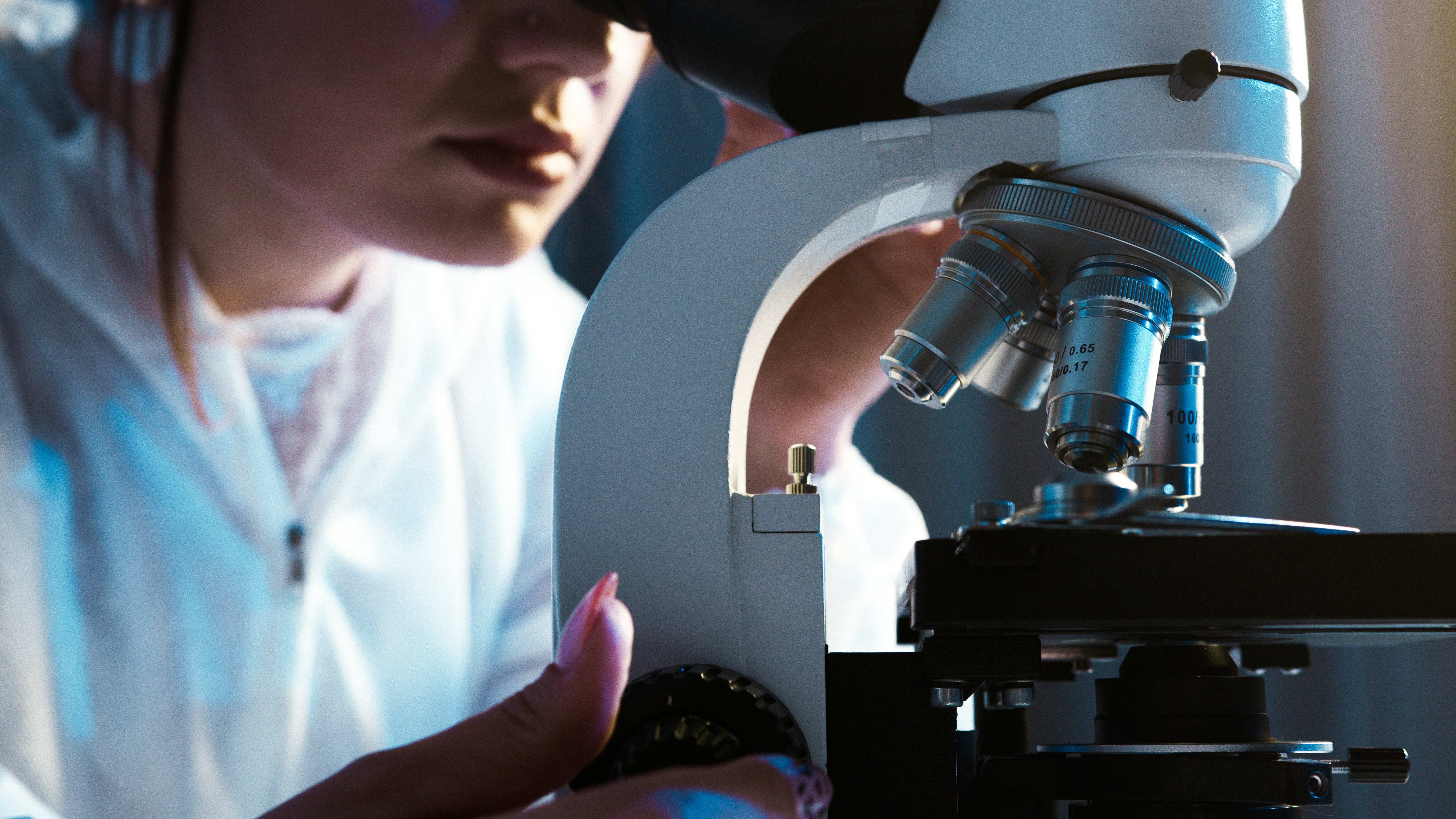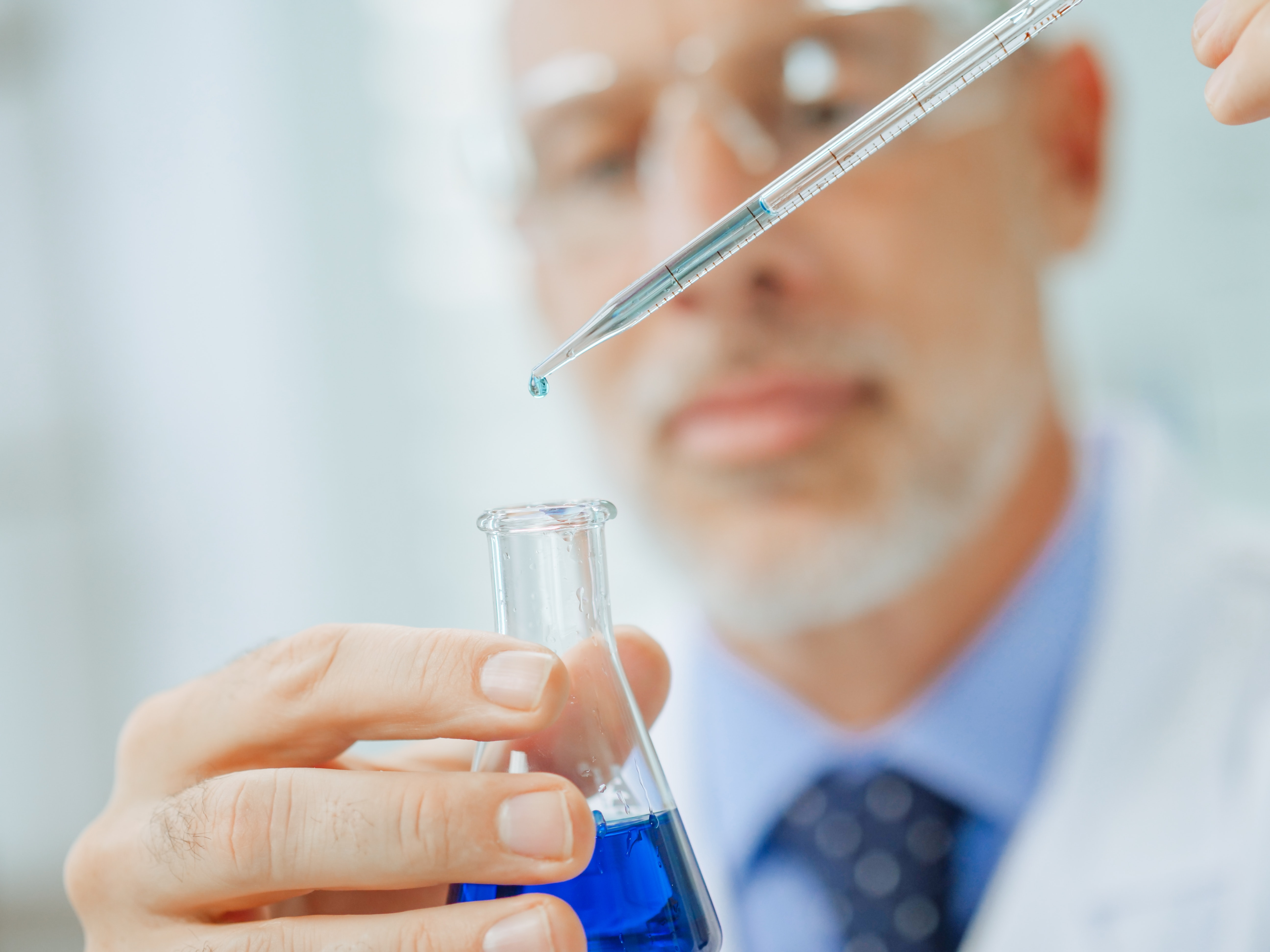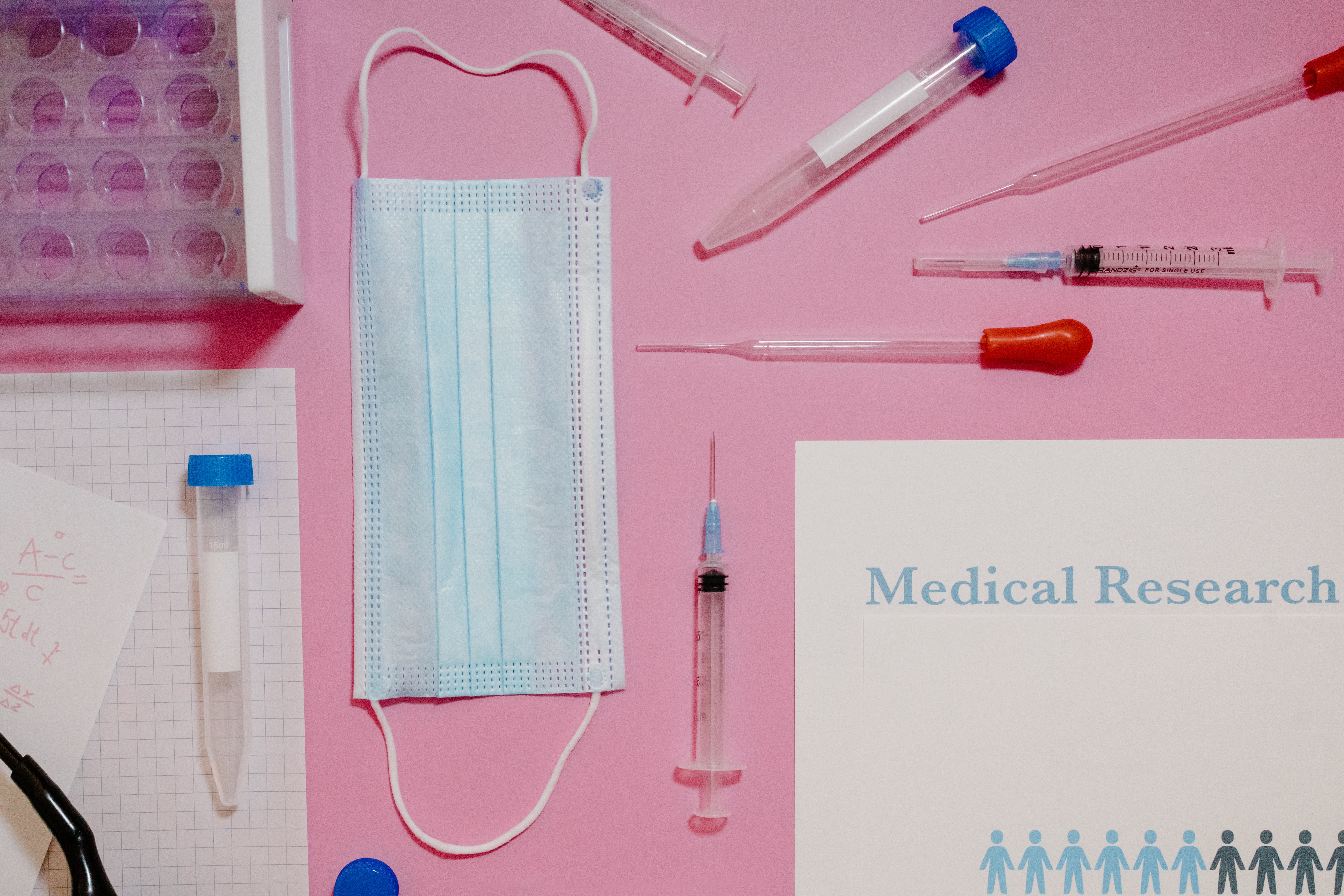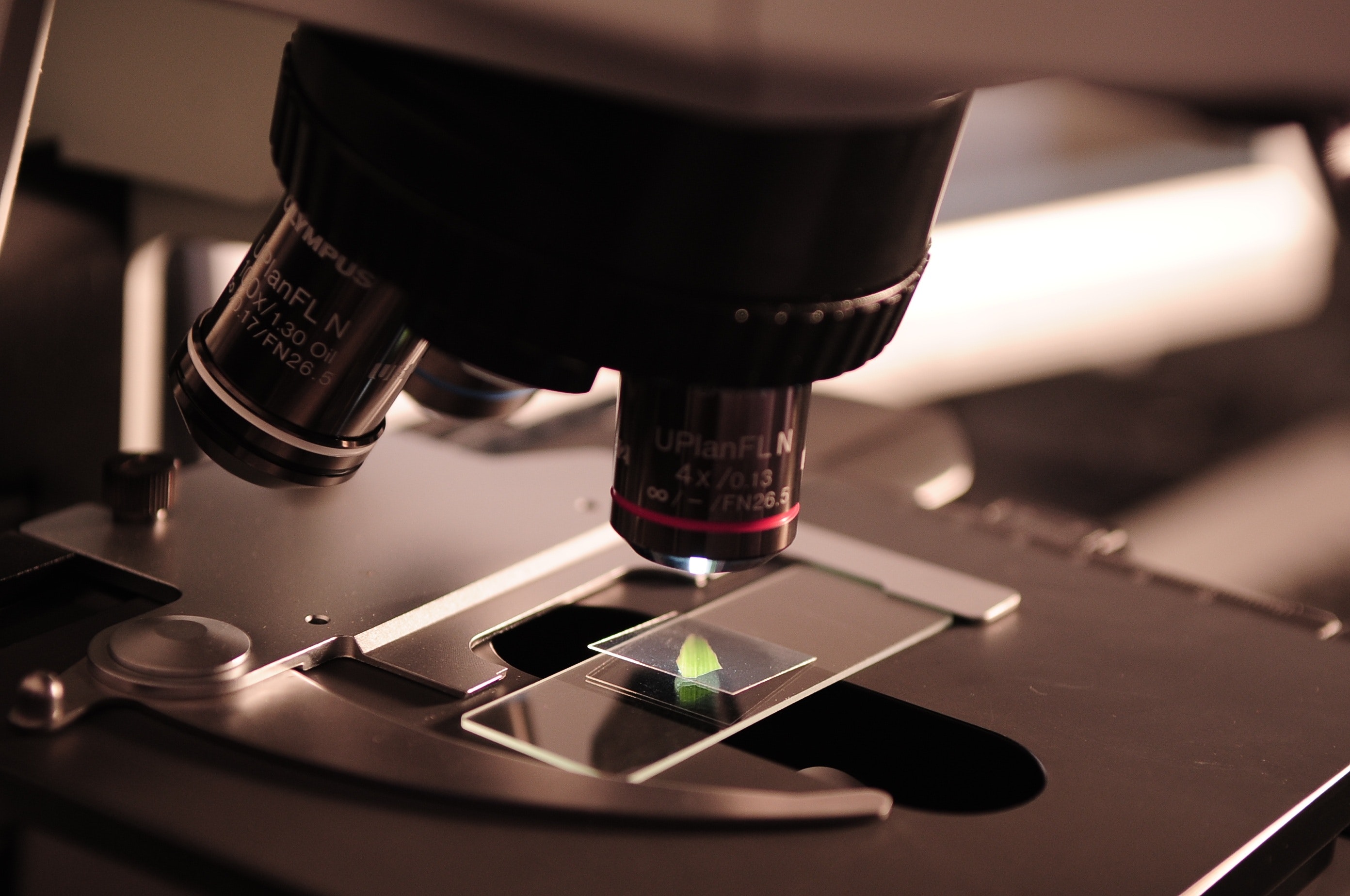The process for drug approval by regulatory authorities is complex and time-consuming. The pharmaceutical industry invests millions of dollars and years of research and development, hoping for approval to get their drugs to the market. Pharmaceutical companies must ensure that their drug is effective, safe, and meets regulatory requirements for marketing authorization. Therefore, understanding the drug approval process is crucial for pharmaceutical companies. This article aims to provide an overview of drug approval, including the different stages of the regulatory pathway, the regulatory authorities, and the requirements for approval.
The drug approval process is divided into three main stages, namely preclinical, clinical, and approval. The preclinical stage involves testing the drug on animals, including toxicity testing, pharmacokinetic, and pharmacodynamic studies. The clinical stage is divided into three phases that involve testing the drug on humans. The first phase is conducted on a small number of healthy volunteers to evaluate safety, dosing, and pharmacokinetics. The second phase is conducted on patients to evaluate the drug's effectiveness and safety. The third phase is conducted on a vast number of patients with the targeted disease to confirm the drug's effectiveness, safety, and side effects. The approval stage involves submitting a new drug application (NDA) to regulatory authorities for marketing approval.
The drug approval process is regulated by different regulatory authorities worldwide, such as the US Food and Drug Administration (FDA), the European Medicines Agency (EMA), and the Japan Pharmaceuticals and Medical Devices Agency (PMDA). These regulatory authorities are responsible for ensuring that drugs are safe and effective before they can be marketed. The FDA is the most crucial regulatory body, and its approval is a cornerstone for pharmaceutical companies globally. These regulatory authorities have different requirements and guidelines for drug approval that vary based on the drug's nature and the regulatory authority's assessment.
To get a drug to market, pharmaceutical companies must meet certain requirements during the drug approval process. One of the essential requirements is demonstrating the drug's effectiveness and safety, ensuring that the drug does not cause significant harm to patients. Pharmaceutical companies must also comply with good manufacturing practices (GMPs) and good clinical Practices (GCPs), ensuring that the drug is appropriately manufactured, stored, and distributed. Additionally, pharmaceutical companies must provide adequate labeling information to healthcare providers to ensure safe use and correct administration.
In conclusion, understanding the drug approval process is essential for pharmaceutical companies. The drug approval process is complex, time-consuming, and requires significant financial investment, but it is critical to ensuring the safety, efficacy, and quality of drugs. Pharmaceutical companies must comply with regulatory requirements and guidelines throughout the drug approval process, from preclinical testing through to approval. The regulatory bodies that oversee the drug approval process aim to protect patient safety and ensure that only effective and safe drugs reach the market. Therefore, pharmaceutical companies should work closely with regulatory authorities and engage early and frequently to ensure that they meet regulatory requirements for approval, streamline the approval process, and provide safe drugs to patients.






